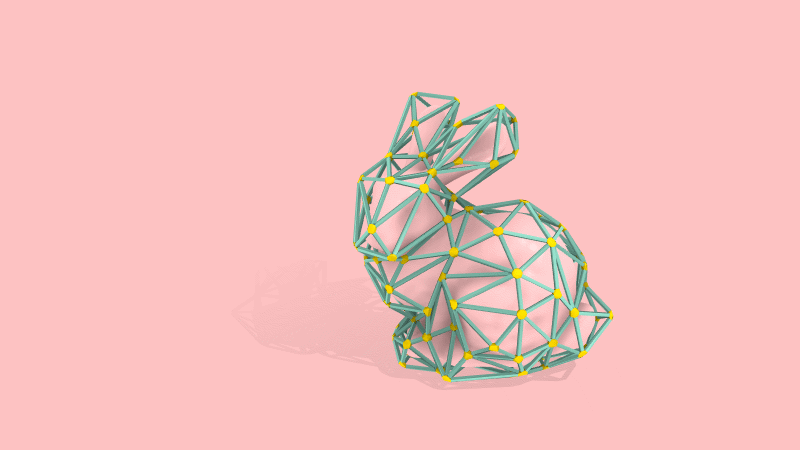
For a visualization and 3D printing, it's often useful to "inflate" a edge-network into a thickened surface mesh. One method to do this is described "Sculptural Forms from Hyperbolic Tessellations" by George C Hart. This method works by adding rotated polygons at the ends of each edge offset a bit from the vertices. Then for each vertex the convex hull of incident edges' polygons is computed and unioned with the convex hull of the polygons at either end of each edge. Hart writes that polygons shared by "edge hulls" and "vertex hulls" can simply be discarded. This is unfortunately not true, in general. It's not super easier to categorize which faces can be discarded (even in general position) since the answer depends on the thickness, the number of sides of the polygons, their rotations, their offsets, and the angle between neighbouring edges. Fortunately, libigl is very good at conducting unions. We can just conduct the union explicitly and exactly using libigl.
I've written a new function for libigl igl::wire_mesh that takes in a wire network and spits out a solid (i.e., closed, watertight, manifold) mesh of a the inflated surface.
I've also wrapped this up in a Matlab Mex function in gptooolbox wire_mesh.
